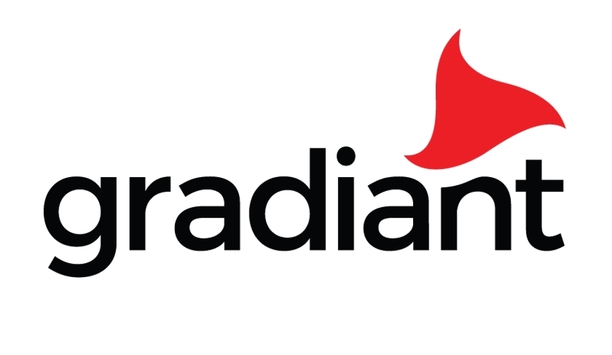José Antonio Rodríguez Artolazábal

José Antonio Rodríguez Artolazábal
Head of Video Analytics, GradiantJosé Antonio Rodríguez Artolazábal is the Head of Video Analytics at Gradiant. Previously, he has worked with companies like Indra, Vysionics. José has also worked as a Researcher at University of Surrey and holds a PhD in Computer Vision from the same institute.
News mentions
FLIR PT Series cameras were used in a surveillance project to detect and monitor illegal fishing and poaching activities along the Spanish Galician coast. The FLIR thermal imaging cameras combined wit...
Gradiant is taking part at XPonential 2018 for the third time. This is the most important international fair for unmanned vehicles. This year, the Colorado Convention Center in Denver is hosting the e...































